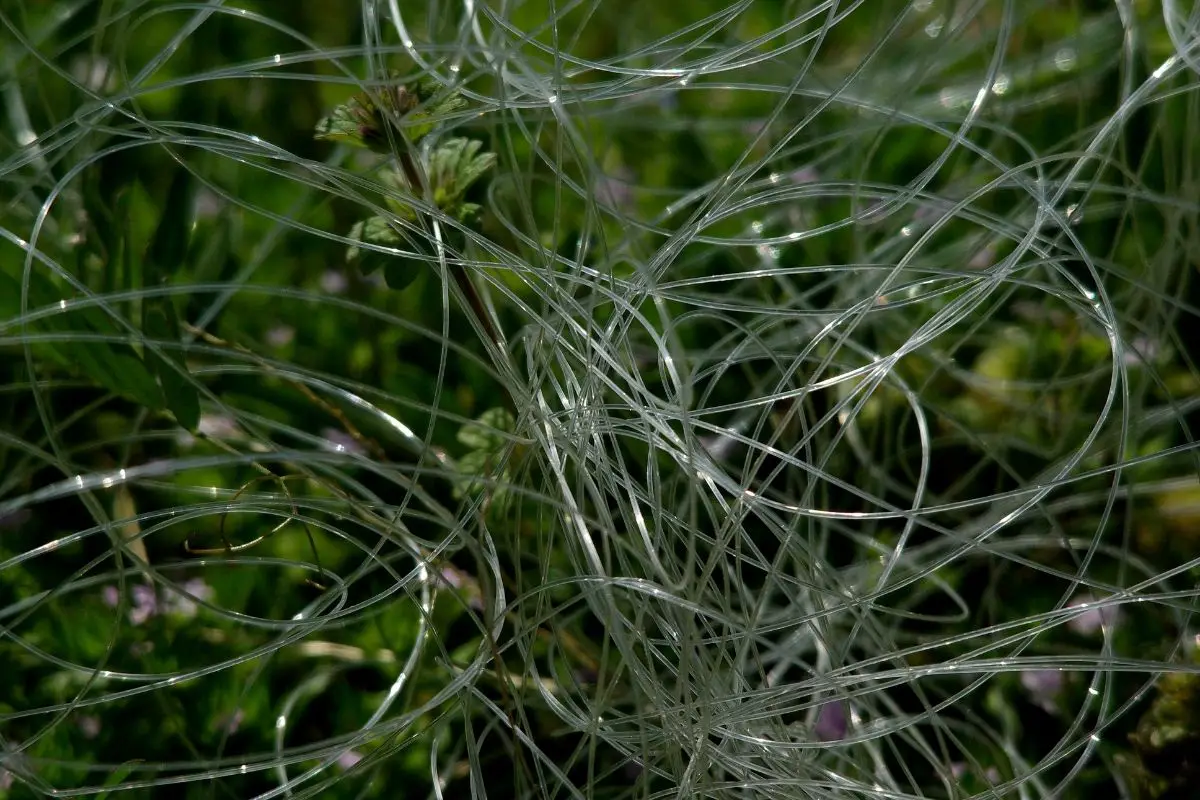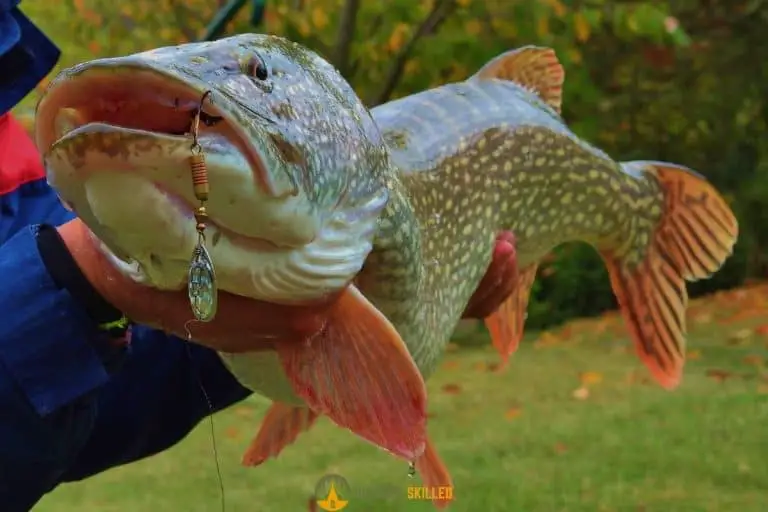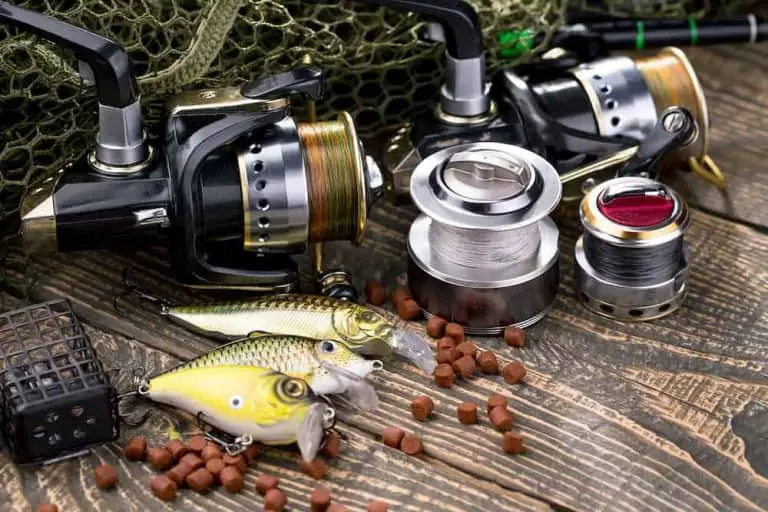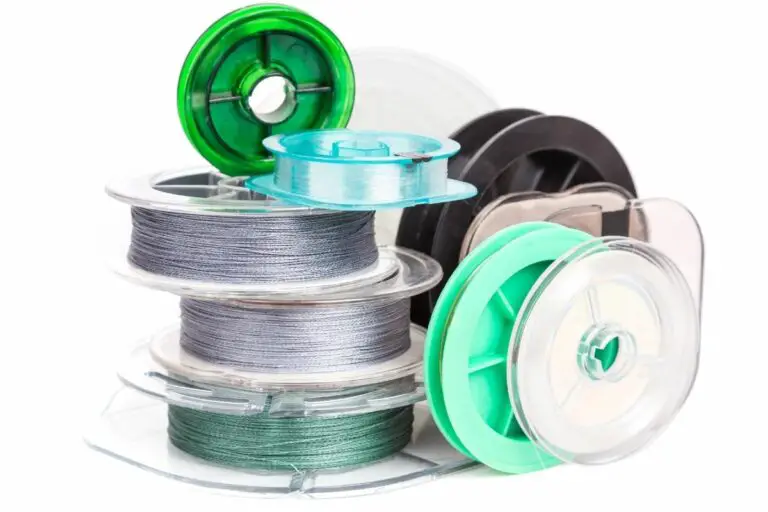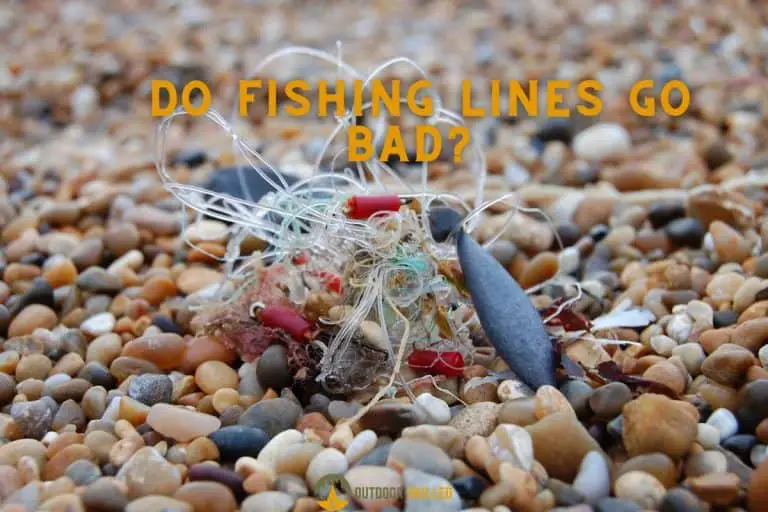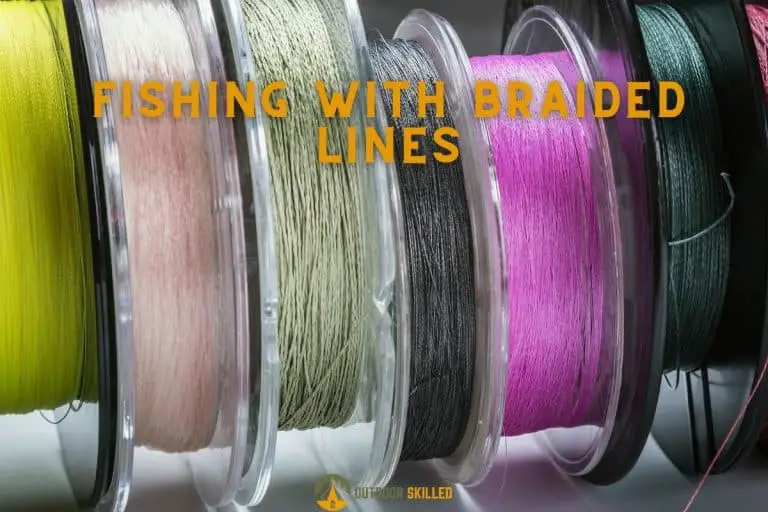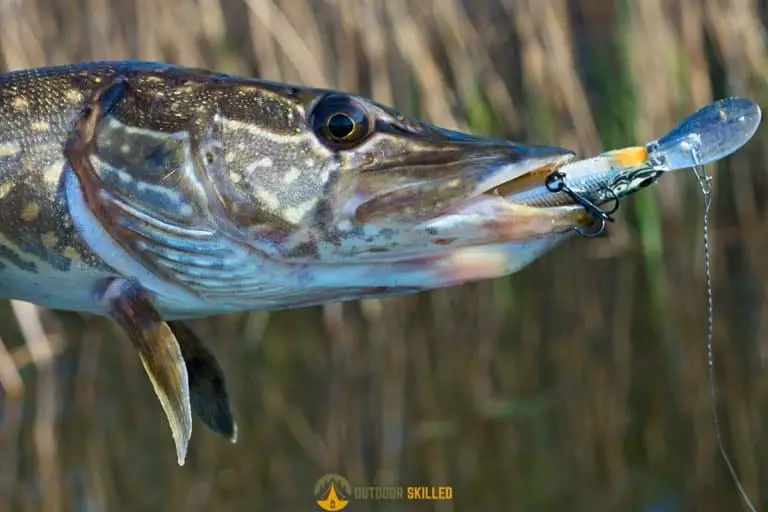Why Is Your Fishing Line Curly? 4 Causes and Easy Solutions
A successful fishing trip is the most pleasurable thing ever for all anglers. However, this might not always be the case, as some anglers might face small problems that can ruin even the sweetest fishing trip, such as curly fishing lines.
Having a curly fishing line will interfere with your performance when catching fish. It’s important to understand the reasons why your fishing line is curly to prevent this issue from happening and ensure that your trip is successful.
So, why is your fishing line curly? The reason why your fishing line is curly is that it was not spooled correctly to the reel in the first place, or the drag of the reel was not set high enough. Other reasons for curling include using a line with high memory or using an outdated line.
Keep on reading to learn more about why fishing lines become curly and how to prevent that from happening.
Table of Contents
Why Is Your Fishing Line Curly?
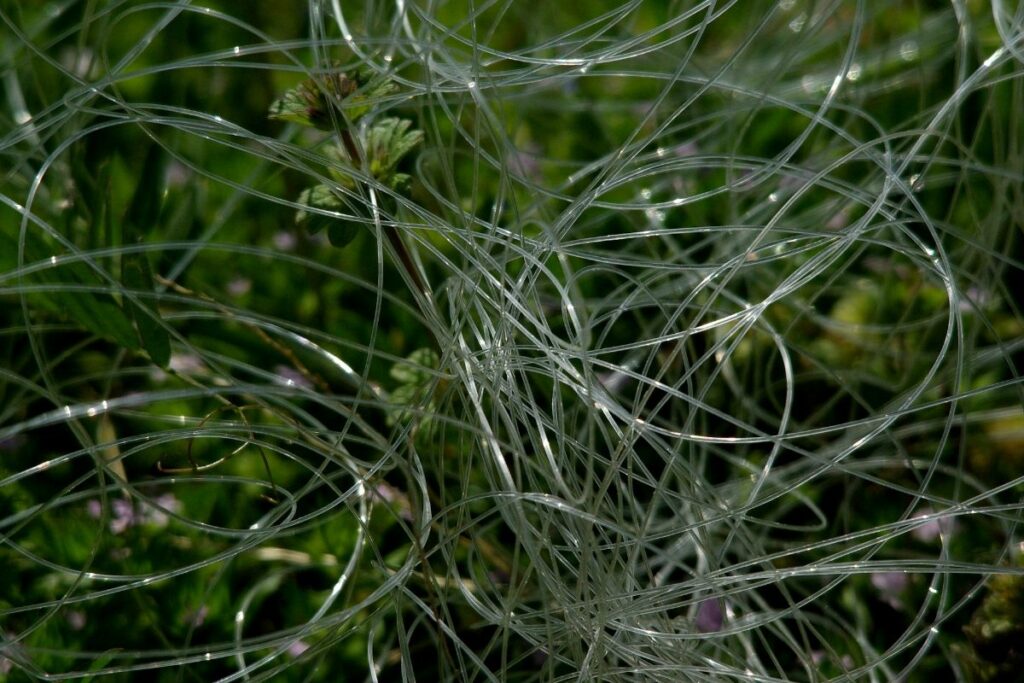
A curly fishing line is a problem that many anglers face, but they are unaware of its causes.
The following are the main reasons for a curly fishing line that you should avoid to keep your line in good shape and ensure that your trip is successful.
The line wasn’t correctly attached to the reel.
It’s possible that the fishing line was not properly attached in the first place, which would explain why it’s slack and curly.
This is more likely to happen if you attach the fishing line straight to the chain or when you attach the line manually, as you might have done it incorrectly.
Since all fishing line has memory, it will preserve the form of the spool from which it was bought.
If the curls from the spool travel in one direction and you put the line on the reel in the opposite direction, it will get twisted up on the spindle or when casting or recovering.
To put it another way, there’s a possibility that you spooled the fishing line backward. So, when you put the fishing line onto the spool, it must be spooled on the reel in the same manner that it was removed from the original spool.
One of the most important things to keep in mind when spooling a line onto your reel is to keep the tag on the line pointing upright. This will guarantee that you spool the line onto the reel correctly while avoiding knots and slacking.
The line has too much memory.
Another cause for a curled and twisted fishing line is that it retains memory.
Line memory is the amount of form that the line has retained. For example, if you have a high memory line and it spends too much time on the spool, it will keep its curled and round form.
While you have a line on your reel, particularly when casting, the circular shape caused by a high memory line will be more noticeable.
So, it’s recommended to use a fishing line with little memory, so it can simply straighten out after it’s removed from the reel. You can learn which fishing lines have the least memory here.
Or, if you want a quick recommendation, I’ve got you; Get the Kastking Premium Monofilament fishing line.
KastKing World’s Premium Monofilament Fishing Line

KastKing mono offers low memory. In addition, it is manufactured with Paralleled Roll Track technology, which means it has more reel capacity and is simpler to handle and cast!
The line is outdated.
Another cause for curly fishing lines is that the lines are simply old or outdated.
Some types of lines absorb more water which leads them to loosen up and coil as you continue to use them over time.
Similarly, all fishing line has a certain degree of memory. Even the greatest fishing lines will maintain certain forms after being used for an extended period of time.
If you’re still using the same fishing line for extended periods of time without replacing it, this is most likely the cause of the loosened and twisted fishing line. You can learn how often you need to change your fishing lines in this article on when do fishing lines go bad.
The drag is not set high enough.
Your fishing line might become curly and loose because the drag on your reel is not adjusted high enough.
If you didn’t know, the drag mechanism in the reel is what prevents the line from slipping off the reel when a fish tugs on it.
For example, if the drag is adjusted to 15 pounds, a fish must produce 15 lbs of external resistance to disconnect the drag mechanism, dragging the line off the reel.
The drag device’s purpose is to prevent fish from dragging the line off the reel while also preventing the line from snapping.
If your drag is adjusted too low, more lines will come off the reel, causing it to become too loose and more prone to curling.
For example, if you adjust your drag at 5 lbs but the fish is considerably bigger and stronger, it will be able to take the line off the reel with no difficulty.
As a result, the simple solution to this issue is to raise the amount of drag that the system is set to, making it much more difficult for fish to drag the fishing line off the reel.
What To Do with a Curly Fishing Line?
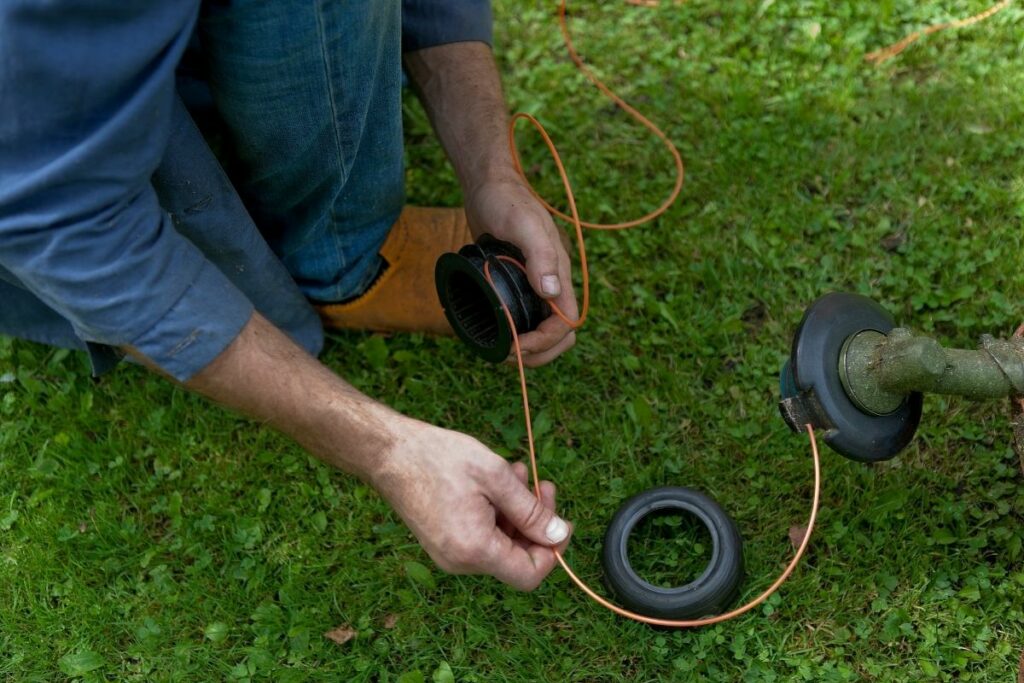
You will not be able to fix your curly fishing line or restore it to its original state. So, if you have a curly fishing line, it’s recommended to replace it entirely.
If you’re using a new line, there are some measures you can take to properly preserve the line and reduce the chances of it becoming curly again.
So, let’s take a closer look at the solutions you can attempt to prevent your fishing line from curling.
4 Easy Solutions to Reduce Curly Fishing Lines
Ensure that the container where you store the line is not twisted
If the container is twisted, the line is likely to be wrapped poorly.
So, it’s recommended to fill it on the ground with the filler spool, label it, then walk a few yards past the line and wrap around it.
Next, flip the spool over and continue filling the reel. Wind the bobbin in the same direction as the filling spool.
Use the right kind of knot when tying your lures.
Some knots make the line more prone to curling than others.
So, when tying the lure to your line, make sure you’re using the right kind of knot that wouldn’t cause the line to curl.
Soak the line in warm water.
Soaking the line in water will help make it more flexible. It will also make it less prone to curling and get rid of any curls that may have developed.
All you need to do is leave the line in a bucket of warm water for a few hours before using it. Learn more about why you need to soak the fishing line here.
Use a high-quality monofilament.
It’s recommended to use lighter monofilament fishing lines as it does not occupy up as much space as the other types of lines.
To choose which sort of fishing line is ideal for your specific circumstance, weigh the benefits and drawbacks of each. You can check out my recommendations for the best Monofilament fishing lines here.
Related Questions
Why Is Your Fishing Line Coiling?
Your fishing line is coiling because of many reasons, including spooling the wrong type of line, having too much line on your reel, or lack
of proper maintenance. It’s important to avoid the causes of coiling and maintain the line properly to prevent further damage to the line.
What Happens If You Use a Heavy Line with a Light Lure?
If you use a heavy line with a light lure, the line will become loose and curly. This will cause problems with the casting accuracy as the lure won’t have enough momentum to keep the fishing line moving in the direction you want to cast it. Make sure to match the weight of the lure with the line.
How to Keep Your Fishing Line Tight?
To keep your fishing line tight, you need to make sure that you’re using the right pound test for the kind of fish you want to catch. You also need to make sure that the weight of the lure matches the weight of the line; otherwise, the line will start to become loose or curly.
Helpful Resources
How to (Reasonably) Store Fishing Line
These Are The Fishing Lines I Absolutely Love
- After Testing endless brands and varieties, these are the best Fluorocarbon lines, these are the best Braided lines, and these are the best monofilament fishing lines.
- These are the best Ice Fishing Lines for your money
- These are the fly fishing lines that have never let me down.
- Targeting Trout? These are the best fishing lines for trout. For Bass, use these bass fishing lines.
- Not sure which fishing line to use? Check out these comparisons:
- Going Crappie Fishing? These Crappie Fishing Lines outperform everything else (and their price!)
If you like this article, please share it or pin it, you can find the share buttons below. We will really appreciate it ❤️

